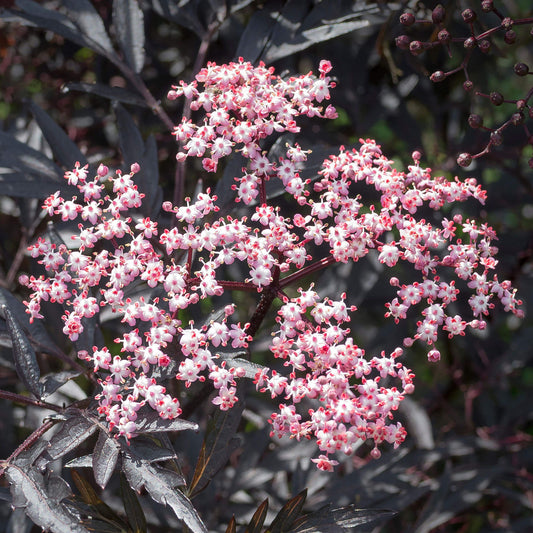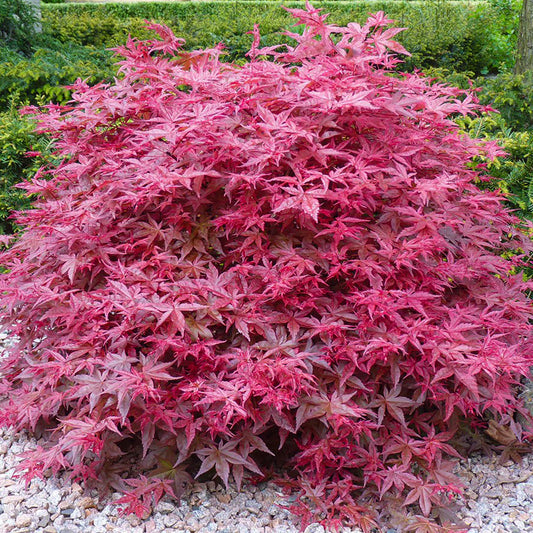Product description
If you are looking for incredible autumn colours, the Parrotia persica is the tree you need to plant in your garden. It grows to a large size and puts on a magnificent display when its glossy, deeply ribbed mid-green foliage turns to fiery vivid yellow, then burning orange, and finally an intense red and purple colour palette. The tree holds its leaves for a long time and the autumn display can last for many weeks. Children love to collect these amazing leaves and press them to dry. They can be used for school projects, arts and crafts projects and make great home décor displays when placed into glass containers.
Persian Ironwood trees also delight with their unique flaking bark, which sheds as they mature. The bark is silvery grey and as the tree ages, it flakes off, revealing shades of pink, green and yellow young bark.
Parrotia persica trees have a wide spreading habit and often grow multiple thick stems creating a unique look. In late winter, insignificant red flowers bring colour to the stark branches. The flowers are actually petal-less and what you see is the red stamens. The flowers are followed in spring by the newly emerging leaves.
This wonderful tree has all-year round interest and will become a focal point in your garden. It will reach heights of 8m and a spread of 10m in a 20 year period, making it perfect for large gardens. It will thrive in any fertile, moist but well drained soil, in full sun or partial shade. Acidic soils increase the vibrancy of the autumn leaves.
Plant one as a statement tree in the centre of your garden and surround with a lovely rockery. Persian Ironwood trees also make great border trees to block out unsightly walls and offer privacy from neighbours.
Plant specs, care guide & tips
Key features
Specifications
When to plant
| Jan | Feb | Mar | Apr | May | Jun | Jul | Aug | Sep | Oct | Nov | Dec |
|---|---|---|---|---|---|---|---|---|---|---|---|
Planting and period of interest times are general guidelines and may vary based on your location and conditions. For best results, consult local gardening resources.
Instructions
Top Tip
Prune Parrotia in late winter or early spring to maintain its shape and remove any dead, damaged, or crossing branches. Avoid heavy pruning, as the tree’s natural form is one of its standout features. In autumn, enjoy the vibrant foliage colours by ensuring the tree gets sufficient sunlight exposure, which enhances the intensity of its red, orange, and yellow tones.
How to Water
Water Parrotia regularly during its first growing season to establish a strong root system, especially in periods of dry weather. Once established, the tree is relatively drought-tolerant but benefits from occasional deep watering during prolonged dry spells. Ensure the soil remains moist but not waterlogged, as overly wet conditions can lead to root rot. Water in the early morning or late evening to minimise evaporation and support healthy growth.
How to Plant
To plant Parrotia, select a sunny to partially shaded spot with moist but well-draining, slightly acidic to neutral soil. Prepare the ground by loosening the soil and incorporating organic matter such as compost to enhance fertility and drainage. Dig a hole twice as wide as the root ball and of equal depth, ensuring the tree is planted with the root flare level with the soil surface. Backfill with soil, firm gently, and water thoroughly. Add a mulch layer around the base, leaving space around the trunk, to retain moisture and suppress weeds.






















